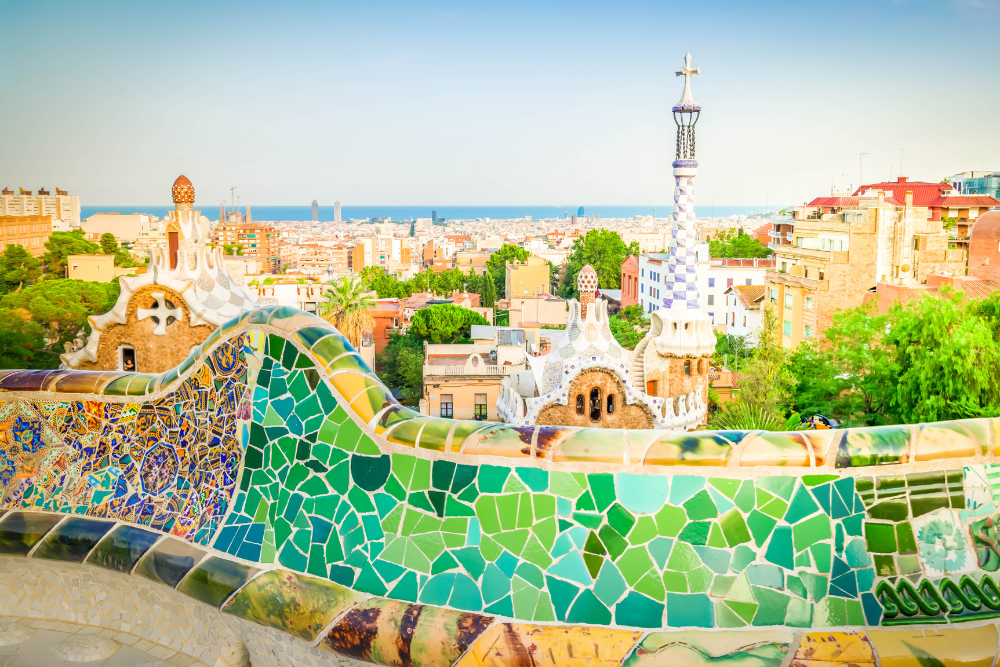Spain’s history has been deeply shaped by its interactions with various cultures, and one of the most significant influences has been that of Islam. From the 8th century until the late 15th century, much of the Iberian Peninsula was under Muslim rule, a period known as Al-Andalus. This era left a lasting imprint on Spain’s art, architecture, language, and even its social structure. Today, the remnants of this rich cultural heritage can still be seen throughout the country, making the influence of Islam one of the most enduring aspects of Spanish culture.
1. Islamic Architecture in Spain

One of the most visible and lasting legacies of Islamic rule in Spain is its architecture. The fusion of Moorish styles with local traditions gave rise to some of the most iconic structures in Spanish history.
Key Examples:
- The Alhambra in Granada: This stunning palace-fortress is a prime example of Islamic architecture, known for its intricate tilework, delicate stucco decoration, and expansive gardens. The Alhambra is one of Spain’s most celebrated landmarks, reflecting the beauty and sophistication of the Muslim rulers of Al-Andalus.
- The Great Mosque of Córdoba: Originally built in the 8th century, this mosque is an architectural marvel, with its vast prayer hall filled with horseshoe arches and red-and-white striped columns. After the Christian reconquest, it was converted into a cathedral, blending Islamic and Christian architectural elements.
- The Giralda in Seville: Originally built as a minaret for the mosque of Seville, the Giralda is now part of the Seville Cathedral. The tower showcases the distinctive geometric and ornamental elements of Islamic architecture.
These structures demonstrate the ingenuity of Islamic builders and their ability to blend aesthetics with function, leaving a legacy that continues to inspire architects and artists.
2. Islamic Influence on Spanish Language
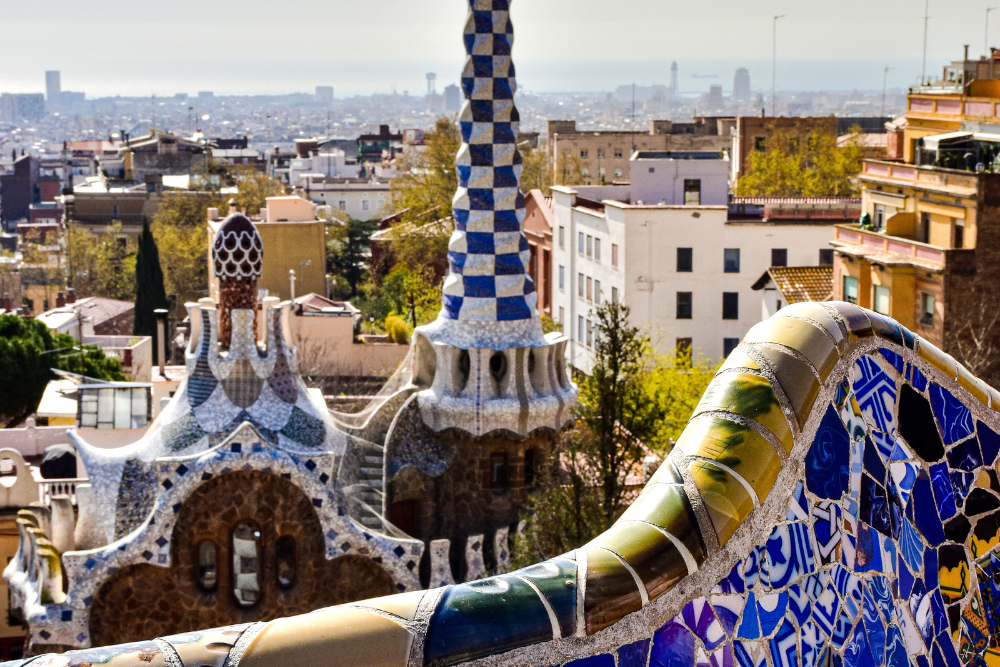
The Islamic presence in Spain also had a profound effect on the Spanish language. Many words in modern Spanish are derived from Arabic, a testament to the centuries of Muslim rule in the Iberian Peninsula.
Examples:
- Almohada (pillow) comes from the Arabic word “al-makhadda”.
- Aceituna (olive) is derived from “az-zaytūnah”.
- Ojalá (hopefully) comes from the Arabic expression “inshalla”, meaning “if God wills it.”
- Azúcar (sugar) comes from the Arabic “as-sukkar”.
These words, along with many others related to agriculture, science, and daily life, highlight the cultural exchange between Muslims and the native populations of Spain.
3. The Influence on Spanish Art and Design
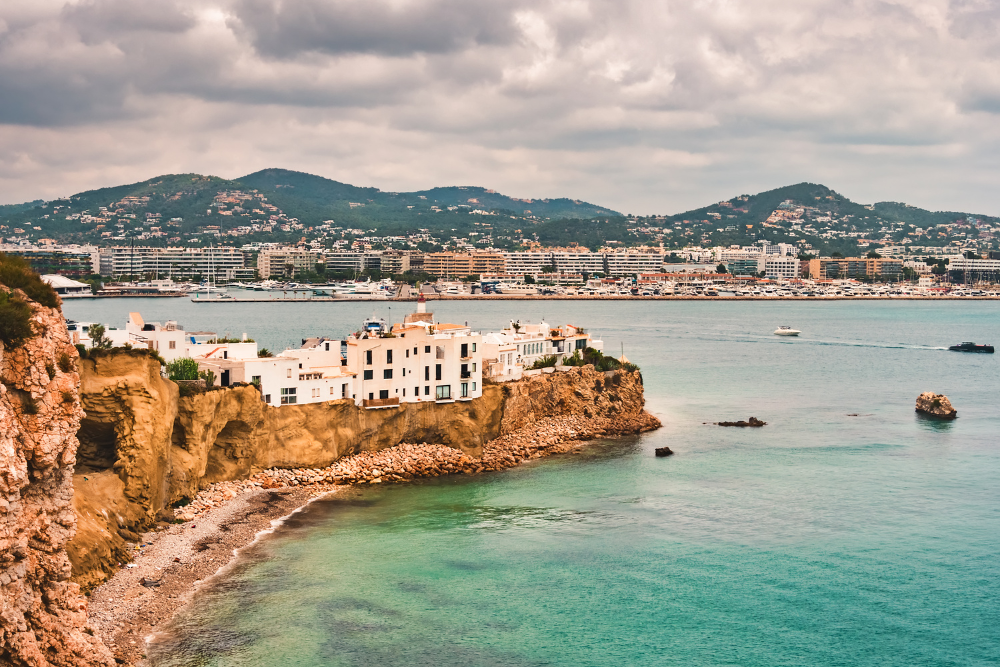
Islamic influence is also evident in Spanish art and design, particularly in the fields of textiles, ceramics, and decoration. The intricate geometric patterns, calligraphy, and arabesques that are characteristic of Islamic art were introduced to Spain during the period of Al-Andalus.
Notable Contributions:
- Ceramics and Tiles: The famous azulejos (decorative ceramic tiles) of Spain are a direct descendant of Islamic tilework. These tiles, often painted with intricate patterns, were used to decorate buildings, fountains, and gardens.
- Calligraphy: Islamic calligraphy, particularly in the form of elegant script, influenced Spanish writing and manuscripts. The use of Arabic script can still be seen in architectural inscriptions throughout Spain.
Islamic art emphasized beauty and intricacy, often focusing on abstract forms and patterns rather than representational images, which influenced Spanish aesthetics long after the fall of Al-Andalus.
4. Agricultural and Scientific Advancements
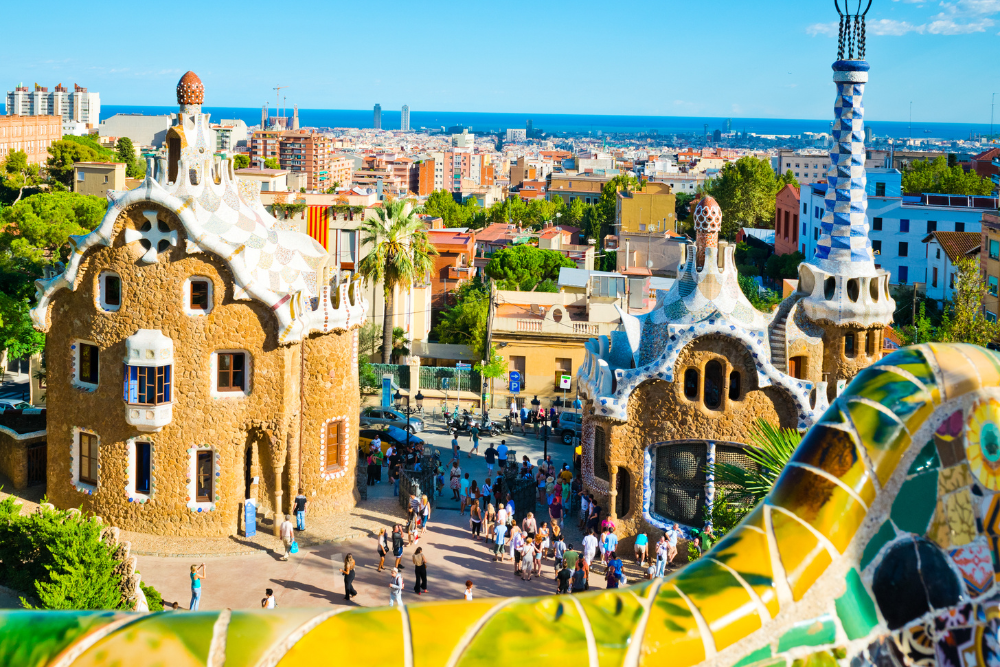
The Muslim presence in Spain also brought significant advancements in agriculture, science, and philosophy that had a lasting impact on Spanish society. Under Muslim rule, the Iberian Peninsula became a hub of learning and innovation.
Key Contributions:
- Agriculture: The Muslims introduced a variety of crops to Spain, including rice, citrus fruits, and cotton. They also revolutionized irrigation techniques, enabling crops to flourish in the dry, arid regions of southern Spain.
- Medicine and Science: Islamic scholars preserved and expanded upon the knowledge of ancient civilizations, translating Greek and Roman texts into Arabic and making significant advancements in medicine, mathematics, astronomy, and chemistry. Many of these texts were later translated into Latin and became essential to the European Renaissance.
- Philosophy: The influence of Ibn Rushd (Averroes), Ibn Sina (Avicenna), and other Muslim philosophers shaped European thought. Their works on logic, ethics, and metaphysics contributed to the intellectual climate of medieval Europe.
These scientific and agricultural innovations greatly improved life in Spain, and many of these practices continue to shape Spanish society today.
5. The Role of Islam in Shaping Spanish Society
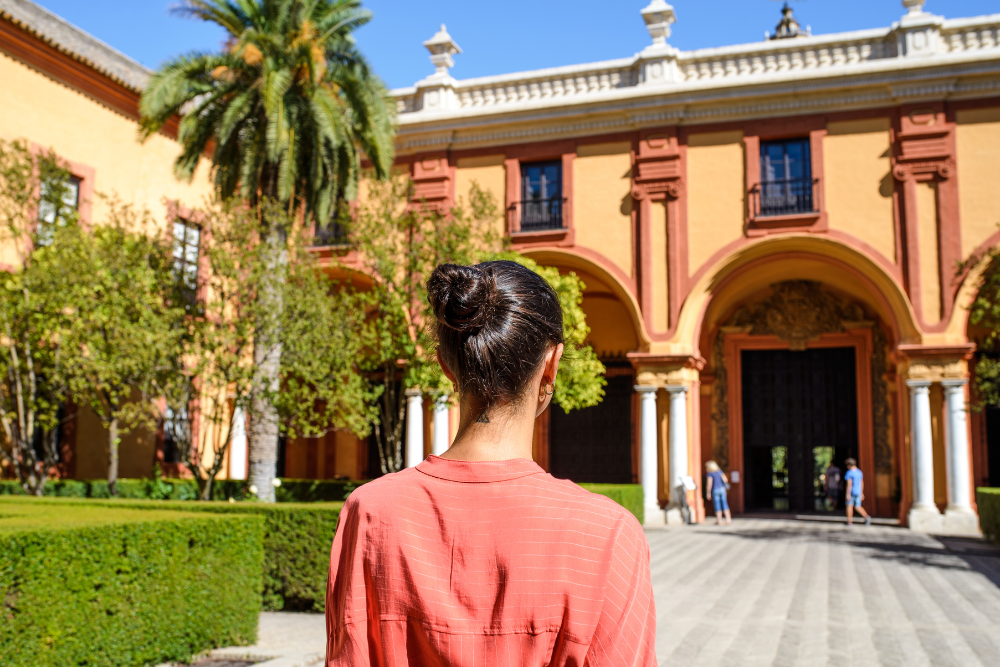
The period of Muslim rule in Spain was marked by a relatively high degree of cultural and religious tolerance. This is evident in the coexistence of Muslims, Christians, and Jews in Al-Andalus, a phenomenon known as La Convivencia.
Cultural Exchange:
- Religious Tolerance: Muslims, Christians, and Jews often lived side by side, sharing knowledge and influencing each other’s cultures. The exchange of ideas, especially in fields like philosophy, science, and literature, enriched Spanish society.
- Artistic Collaboration: The intermingling of Christian, Jewish, and Muslim traditions led to unique artistic expressions, such as the Mudejar style, which combines Islamic, Christian, and Jewish architectural elements.
Although the Reconquista, the Christian reconquest of Spain, eventually led to the expulsion or forced conversion of Muslims and Jews, the cultural legacy of Islam remained deeply embedded in Spanish society.
Conclusion
The influence of Islam on Spanish culture is vast and profound, shaping everything from architecture and language to science and philosophy. The legacy of Al-Andalus continues to enrich Spain, offering a fascinating glimpse into a period of cultural flourishing that transcended religious boundaries. From the majestic Alhambra to the everyday language of modern Spain, the imprint of Islam is woven into the fabric of Spanish culture, leaving a lasting legacy that is both complex and enduring.



